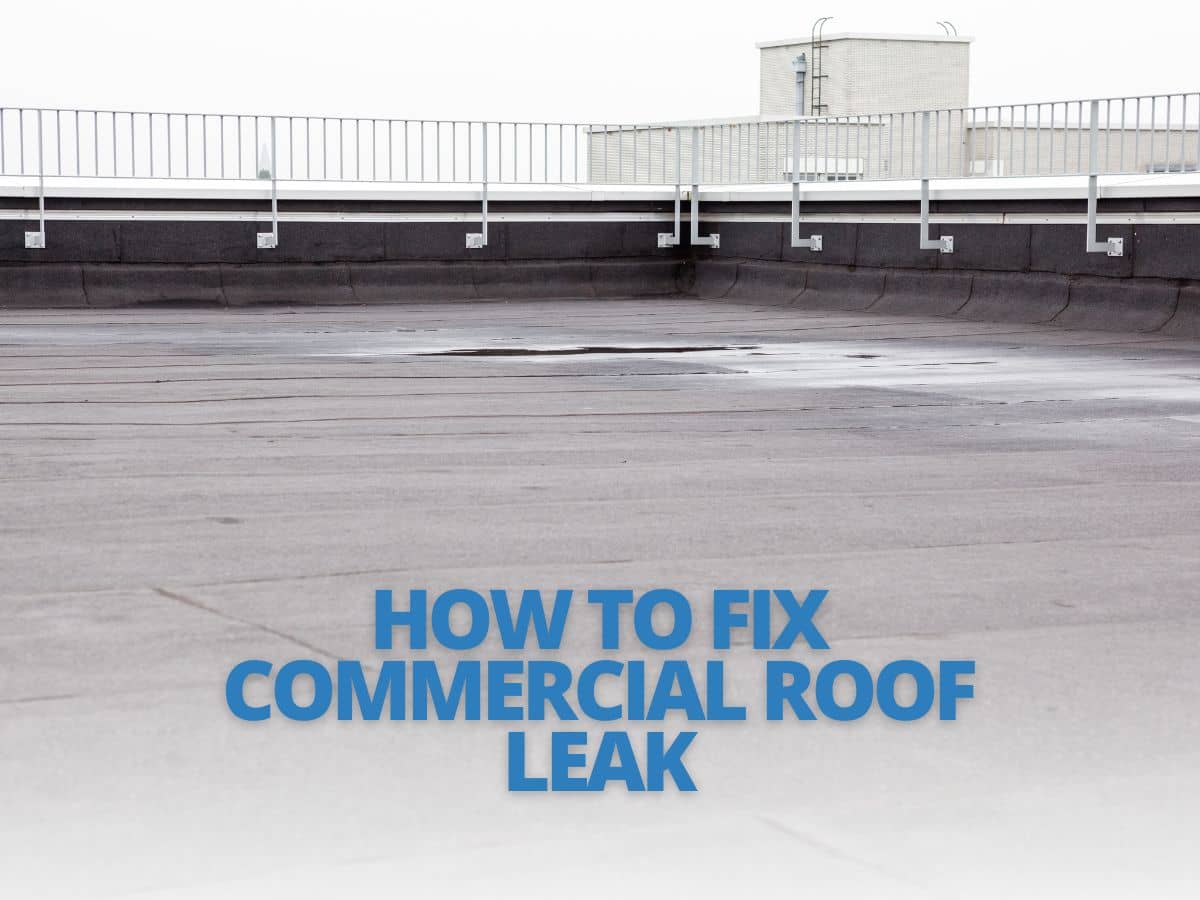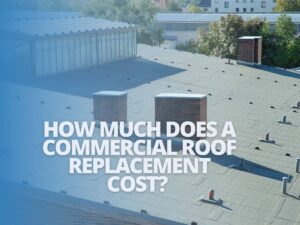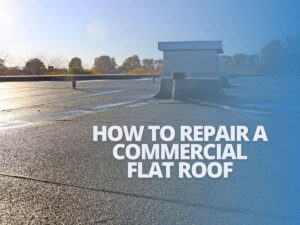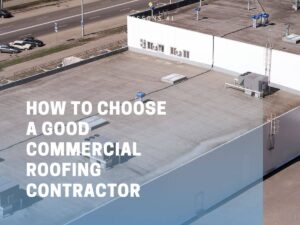
How to Fix Commercial Roof Leaks: A Comprehensive Guide
Introduction:
Roof leaks are a common issue faced by many commercial property owners. Ignoring or neglecting these roof leaks can lead to severe water damage and costly repairs. In this comprehensive guide, we will provide you with detailed steps to identify, repair, and prevent commercial roof leaks. By following these instructions, you can effectively fix your commercial roof leaks and protect your investment.
I. Identifying the Source of the Commercial Roof Leak
To successfully fix a commercial roof leak, it’s crucial to locate its exact origin. Here are some steps to identify the source of the leak:
- Look for obvious signs: Inspect your commercial roof for evidence of water stains, mold growth, or damp areas. These signs can help pinpoint the location of the leak.
- Inspect roof penetrations: Check areas where the roof is penetrated, such as HVAC units, vents, or skylights. These are common areas prone to leaks.
- Examine roof seams: Inspect the seams on your commercial roof, as they are vulnerable to damage and can cause leaks. Look for signs of deterioration or separation.
- Check flashing: Flashing protects vulnerable areas of the roof, such as valleys, chimneys, or roof edges. Inspect the flashing for any signs of damage, rust, or improper installation.
II. Repairing Roof Penetrations
Roof penetrations, like HVAC units or vents, can develop leaks if not properly sealed. Follow these steps to repair roof penetrations:
- Remove the damaged seal: Carefully remove the old or damaged sealant around the penetration.
- Clean the area: Thoroughly clean the area around the penetration to ensure proper adhesion.
- Apply new sealant: Use a high-quality roofing sealant to create a watertight seal around the penetration. Ensure complete coverage.
III. Patching and Sealing Roof Seams
Damaged or poorly sealed roof seams allow water to penetrate and cause leaks. Here’s how to patch and seal roof seams:
- Identify damaged seams: Inspect your commercial roof for any visible signs of damaged or deteriorated seams.
- Clean the area: Remove any debris or loose material from the affected seams.
- Apply roofing tape: Apply roofing tape over the damaged seams, ensuring it covers the entire area.
- Use adhesive patches: Cover the roofing tape with adhesive patches for added protection and reinforcement.
IV. Fixing Roof Flashing
Flashing, the thin strip of metal that seals joints between different parts of the roof, can deteriorate over time. Follow these steps to fix damaged flashing:
- Remove old flashing: Carefully remove the old flashing, ensuring not to damage the surrounding roof materials.
- Clean the area: Clean any debris or loose material to ensure proper adhesion of the new flashing.
- Install new flashing: Cut the new flashing to the appropriate size and shape and secure it in place with roofing nails or adhesive.
- Seal the flashing: Apply a layer of roofing sealant over the edges of the flashing to create a watertight seal.
V. Addressing Structural Damage
If left unattended, roof leaks can lead to structural damage. To address structural damage caused by roof leaks, follow these steps:
- Inspect for structural damage: Check for signs of sagging, rotting, or weak roof decking.
- Replace damaged decking: Remove and replace any damaged roof decking to restore structural integrity.
- Reinforce supports: Strengthen weakened roof supports using additional bracing or reinforcements.
- Address water-damaged areas: Repair or replace any water-damaged areas of the roof structure to prevent further deterioration.
VI. Preventive Measures to Avoid Future Roof Leaks
Preventing future roof leaks is crucial for the longevity of your commercial roof. Here are some preventive measures to follow:
- Regular roof inspections: Schedule periodic inspections by a professional roofing contractor to catch potential issues before they develop into leaks.
- Maintaining roof cleanliness: Clear the roof of debris, leaves, or other obstructions regularly to prevent water buildup and damage.
- Promptly address minor issues: Fix minor damage promptly to prevent it from turning into significant problems in the future.
- Invest in roof maintenance: Consider hiring a professional roofing contractor for routine maintenance services, such as cleaning gutters, inspecting and repairing roofing materials, and ensuring proper drainage.
Conclusion:
Fixing commercial roof leaks is essential to prevent further damage to your building and its contents. By following our comprehensive guide, you can learn how to identify the source of the leak and apply appropriate repairs. Remember, timely action and regular maintenance are key to a leak-free commercial roof. If you’re unsure or if the leak persists, don’t hesitate to call a professional roofing contractor for assistance. Protect your investment and ensure a long-lasting, leak-free roof for your commercial property.
Call J.R. Swigart Roofing today for all your commercial roof repair needs!


